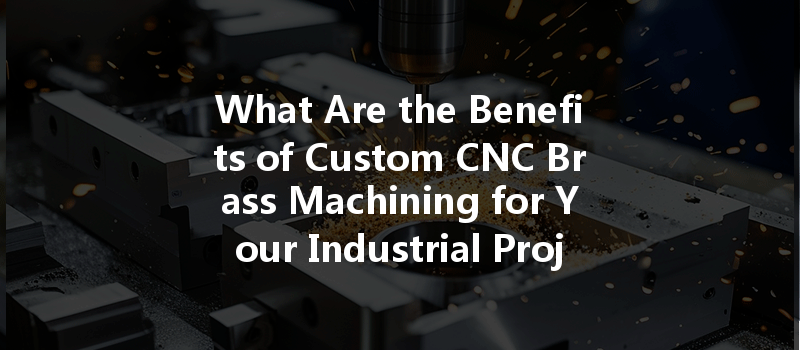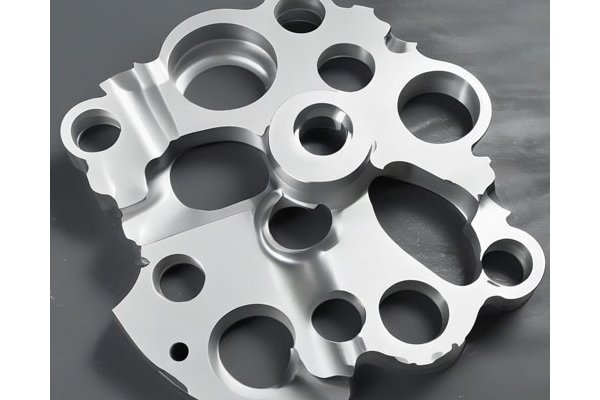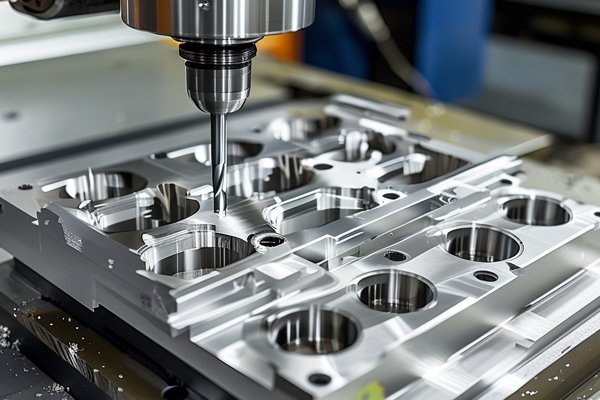: The Power of Precision
Did you know that the global CNC machining market is expected to reach approximately $100 billion by 2025? As industries increasingly adopt advanced manufacturing technologies, the demand for precision components continues to rise. One such technology, custom CNC brass machining, is revolutionizing various sectors—from automotive to aerospace—by offering unmatched precision and versatility. But what exactly makes it so appealing? In this blog, we’ll delve into the benefits of custom CNC brass machining and explore how it addresses common industrial challenges.
Understanding CNC Brass Machining
What is CNC Brass Machining?
Computer Numerical Control (CNC) machining is a manufacturing process that utilizes computer software to control machine tools. CNC brass machining specifically refers to the manufacturing of parts and components using brass, a copper-zinc alloy known for its durability and malleability. The CNC process ensures that every cut and shape is executed with incredible accuracy.
Why Choose Brass?
Brass is widely regarded for its excellent machinability, corrosion resistance, and aesthetic appeal. These traits make it a prime choice for various applications, such as:
The Key Benefits of Custom CNC Brass Machining
CNC machining processes produce highly accurate and consistent parts. With tolerances as tight as 0.005 mm, industries can achieve the exact specifications required for high-performance products. This precision mitigates the risks of product failures due to manufacturing defects.
One of the standout features of custom CNC machining is its ability to adapt to complex geometric designs. Engineers can create intricate shapes and customized components without the constraints often associated with traditional machining methods. Whether it’s a simple washer or a sophisticated bracket, CNC technology can accommodate unique design requirements.
Traditional machining often involves considerable waste as raw material is removed during the shaping process. CNC machining, however, optimizes material use by ensuring that only the necessary amount of brass is used while maximizing efficiency. This waste reduction leads to lower costs per part—beneficial for manufacturers looking to optimize production budgets.
In today’s fast-paced industrial environment, the speed of production can make or break a business. CNC machining enables quick setup times and rapid prototyping. With advanced automation, manufacturers can significantly reduce lead times, allowing them to respond promptly to market demands.
CNC brass machining is highly scalable. Once a part is programmed into the CNC machine, it can be produced in small or large batches without downtime to adjust the tooling. This scalability is invaluable for companies looking to grow their production levels without compromising quality.
Brass is known for its resilience in various environments. Parts manufactured through CNC machining are designed to withstand stress and temperature fluctuations, making them ideal for demanding applications. When customized, these components can be engineered to meet specific durability requirements.
Common Applications of Custom CNC Brass Machining
In aerospace applications, precision is paramount. Custom CNC brass components are used in fittings and connectors that must meet stringent weight and strength specifications. By adopting CNC machining, aerospace manufacturers can ensure that every part meets regulatory compliance without sacrificing performance.
Brass components are frequently utilized in medical devices due to their biocompatibility and minimal risk of corrosion. CNC brass machining allows for the creation of intricate parts for surgical instruments, diagnostic tools, and implants that adhere to strict health regulations.
High-quality brass components are essential in electronic devices. Custom CNC machining produces connectors, housings, and other elements that require high conductivity and precise dimensions—ensuring optimum performance in electronic applications.
The CNC Brass Machining Process Explained

The process begins with a digital design using CAD (Computer-Aided Design) software. Engineers create 2D or 3D models of the components, which allow for simulation and adjustments prior to production. Prototyping is often used to verify designs, ensuring all specifications align with performance requirements.
Once the design has been finalized, the model is converted into a format that CNC machines can read (usually G-code). This programming dictates the movement of the machine, cutting tools, and other operations involved in shaping the brass.
The CNC machine begins its work, utilizing various techniques such as milling, turning, and drilling. Depending on the complexity of the part, multiple setups may be necessary to achieve the final design.
Throughout the machining process, strict quality control measures are in place. This includes measuring tolerances, surface finish, and operational characteristics to confirm that each component meets the standards required for its intended application.
After the components are machined, they undergo finishing processes. This may involve polishing, plating, or coating to enhance durability or aesthetics. Once finished, the parts are ready for assembly or shipping.
Challenges in CNC Brass Machining and Solutions
Challenge: Not all brass alloys are suited for every application, and selecting the wrong material can adversely affect performance.
Solution: Collaborative material selection that involves engineers and machinists can lead to informed choices based on industry-specific requirements.
Challenge: Continuous machining can lead to tool wear, impacting precision and increasing costs.
Solution: Regular maintenance and tool replacement, along with the use of advanced cutting tools, can optimize CNC machining operations and minimize wear.
Challenge: The initial setup cost for CNC machining can be high.
Solution: Companies can mitigate costs by optimizing designs for manufacturing efficiencies, investing in quality machinery, and establishing long-term supply agreements for materials.
Future Trends in CNC Brass Machining
As artificial intelligence increasingly integrates into manufacturing, CNC machining processes will leverage predictive analytics to enhance operation efficiencies, reduce downtimes, and maintain quality.
Automation technology will continue to shape the future of CNC machining, making processes faster, more efficient, and cost-effective. Automated setups will minimize human intervention, ensuring consistent quality in production.
With a growing emphasis on sustainability, manufacturers will focus on using eco-friendly practices and materials in CNC machining, including recycling scrap metal and reducing energy consumption during production.
: Embrace the Future of Custom CNC Brass Machining
Custom CNC brass machining presents a tantalizing array of benefits that can elevate your industrial projects. From exceptional precision and scalability to reduced waste and longer-lasting components, this advanced manufacturing technology is indispensable for addressing the evolving needs of various sectors.
As industries continue to grow and transform, adopting CNC brass machining will enhance the ability to produce high-quality, custom components that not only meet current market demands but exceed them. The insights provided in this blog underscore the importance of embracing CNC brass machining as a strategic advantage for your business.
By choosing to optimize your production capabilities through custom CNC brass machining, you position your enterprise for success in an increasingly competitive landscape. Embrace the power of precision, innovation, and efficiency—it’s time to take your manufacturing processes to the next level!






